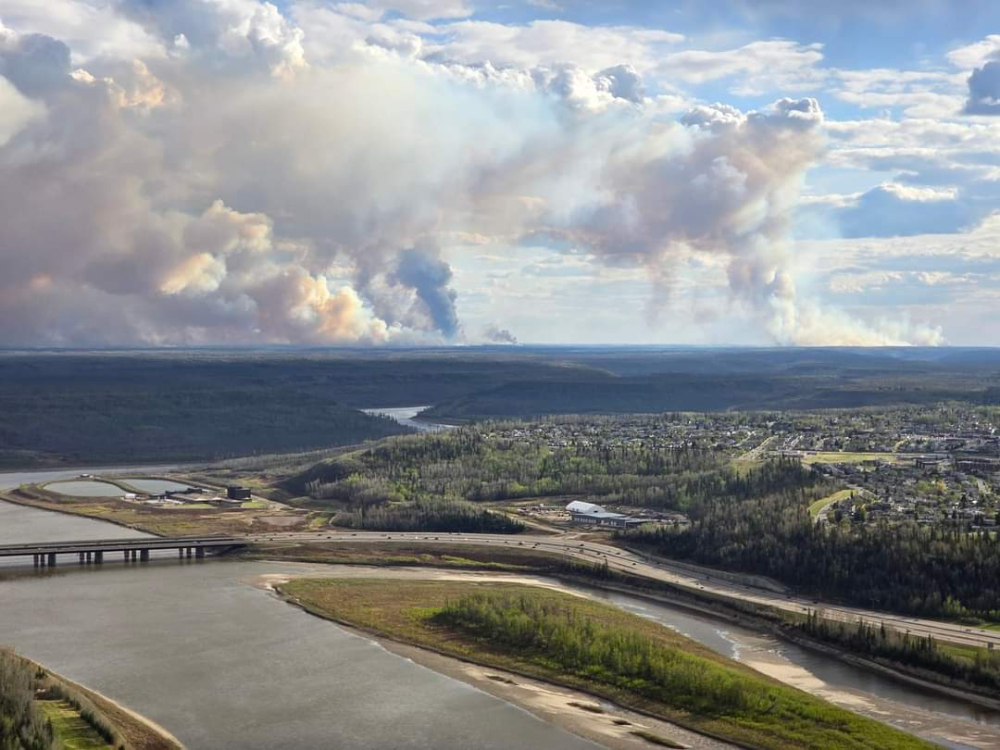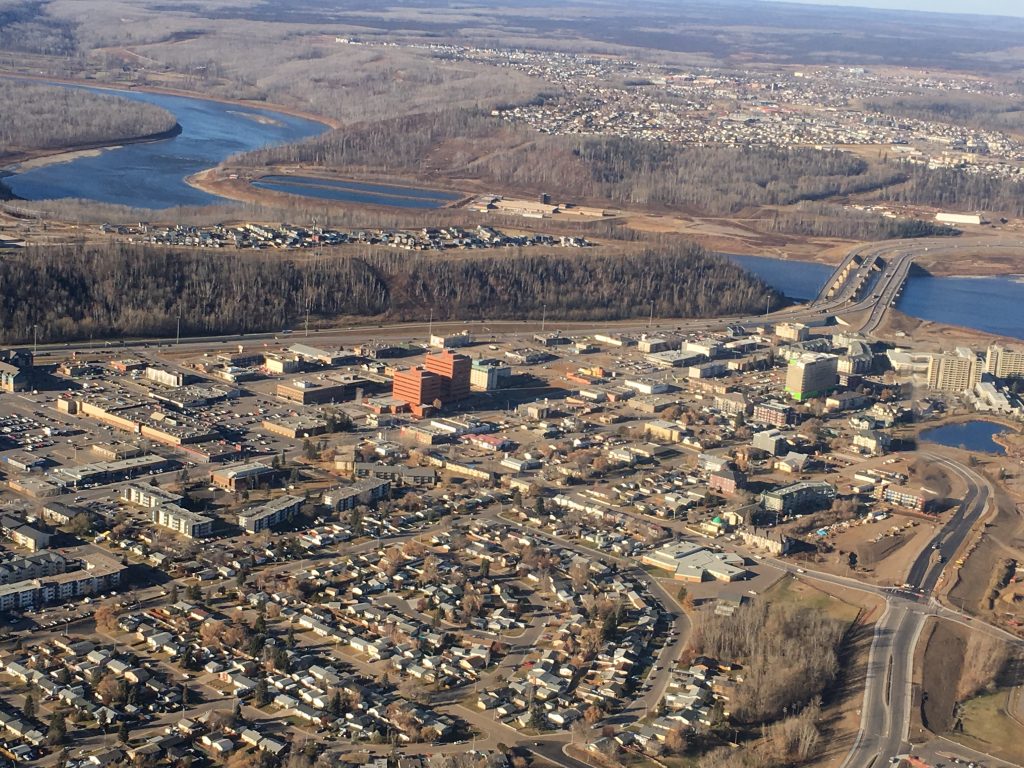A new study suggests the oilsands aren’t negatively impacting the Wood Buffalo National Park.
Scientists at the University of Waterloo took core samples from eight floodplain lakes stretching 67 km across the area.
They determined metal levels have remained the same from when they were tested back in 1920.
“Our main finding contributes to a growing body of paleolimnological evidence that does not support the perception of oil sands pollution.”
This study contradicts a report released by UNESCO in 2017 that claimed industrial and hydroelectric dams were threatening the park.
The report provided 17 recommendations to help the area, actions the federal government has been committed to following.
However, this recent study suggests these previous claims are incorrect.
“A perception that oil sands operations are polluting downstream environments stems from studies that, in our opinion, have been challenged to capture sufficient spatial or temporal scales to characterize the natural range of variation of metals concentrations.”
The National Park is still drying up, this was stated in a report done back in 2018 by some of the same scientists at the University of Waterloo.
At the time, they said they weren’t focused on the cause.
Meanwhile, the Mikisew Cree First Nation note there is an abundance of evidence to prove the impact oilsands and dams are having on the area.
In a statement sent to Mix News, Melody Lepine, Director of Government and Industry Relations with the MCFN, says we should try and find solutions instead of pushing blame.
“The science of paleolimnology in the oil sands region appears to be divided into two camps, both of which need to come together to determine common methods and analysis techniques and to attempt to reconcile their contrasting findings.”
She added that this study is irresponsible and dismisses the claims from Indigenous peoples.











